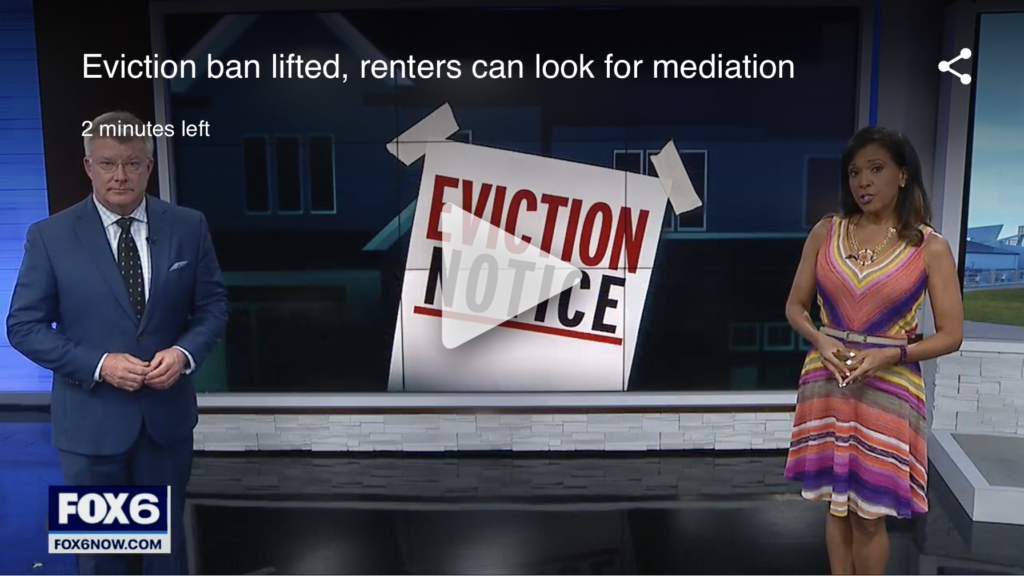The right to counsel and eviction case sealing are two legal provisions that can provide significant advantages to non-paying tenants. These measures aim to protect the rights of tenants, especially those who may be facing eviction. However, they can also create an unfair advantage for non-paying tenants compared to similar applicants and renters. This white paper will examine the unfair advantage these legal provisions give non-paying tenants and how it can impact the rental market.
Right to Counsel
The right to counsel is a legal provision that guarantees tenants the right to legal representation in eviction cases. This provision ensures tenants are not unfairly evicted without proper legal representation. While this provision can benefit tenants facing eviction, it can also create an unfair advantage for non-paying tenants.
Non-paying tenants with access to legal representation can use this to prolong the eviction process. They can file motions and appeals that delay the eviction proceedings, giving them more time to stay in the property without paying rent. This can be a disadvantage for rental owners who may be losing money due to the non-payment of rent.
Moreover, tenants with access to legal representation can negotiate better settlement terms with their landlords. They may be able to negotiate lower rent payments or more favorable lease terms, which can further disadvantage other renters who do not have access to legal representation.
Eviction Case Sealing
Eviction case sealing is another legal provision that can provide an unfair advantage to non-paying tenants. This provision allows tenants to seal their eviction cases, which means that the eviction proceedings and outcome will not be publicly available. This provision protects tenants’ privacy and prevents discrimination based on eviction history.
However, this provision can also create an unfair advantage for non-paying tenants. Sealing eviction cases can make it difficult for landlords to screen tenants effectively. Landlords may not be aware of the tenant’s eviction history, which can increase the risk of renting to non-paying tenants.
Moreover, sealing eviction cases can make competing in the rental market difficult for other renters. Landlords may prefer tenants with no eviction history, and non-paying tenants who have sealed their eviction cases may have an unfair advantage over other similar applicants.
Impact on the Rental Market
The unfair advantage provided by the right to counsel and eviction case sealing can impact the rental market in several ways. Landlords may become more hesitant to rent to tenants, knowing that they may face legal challenges and prolonged eviction proceedings if the tenant stops paying rent. This can lead to a decrease in the supply of rental properties, making it harder to find homes.




